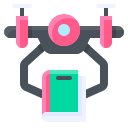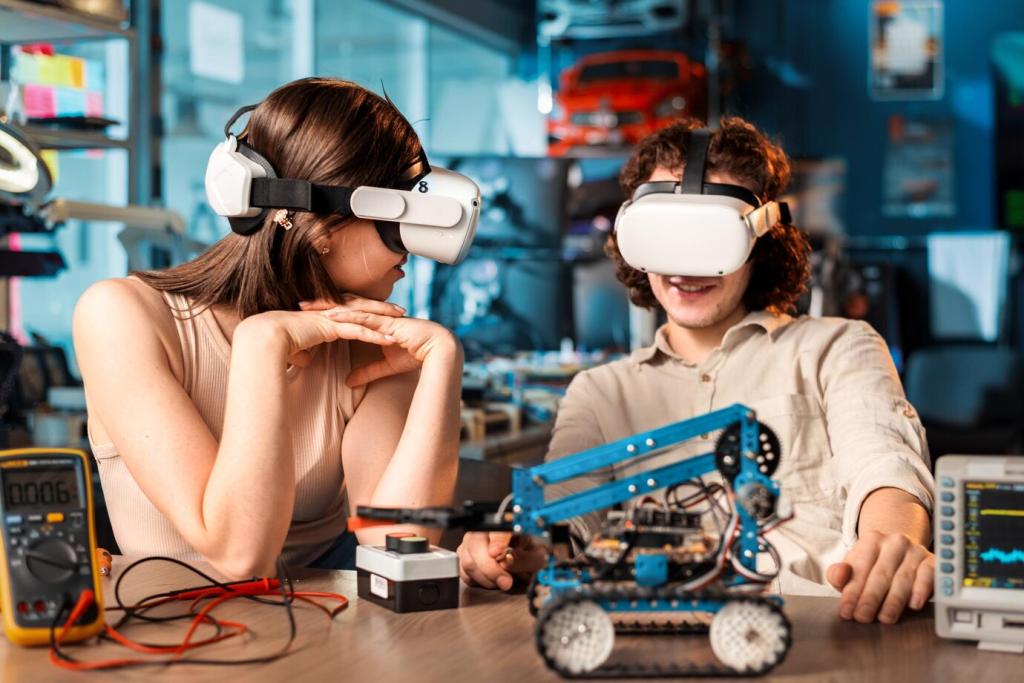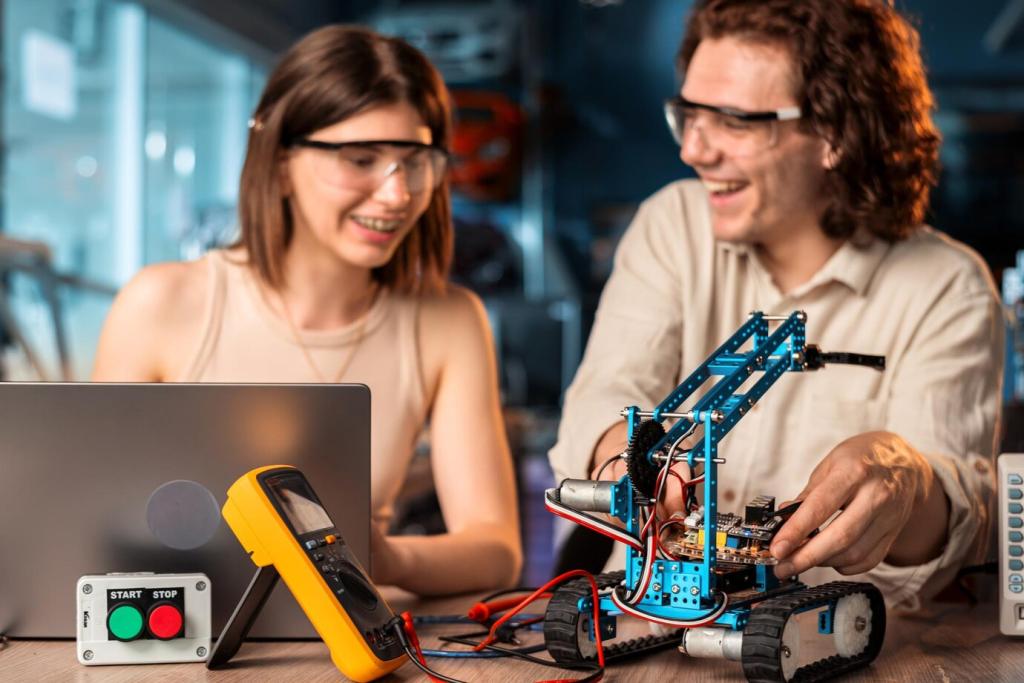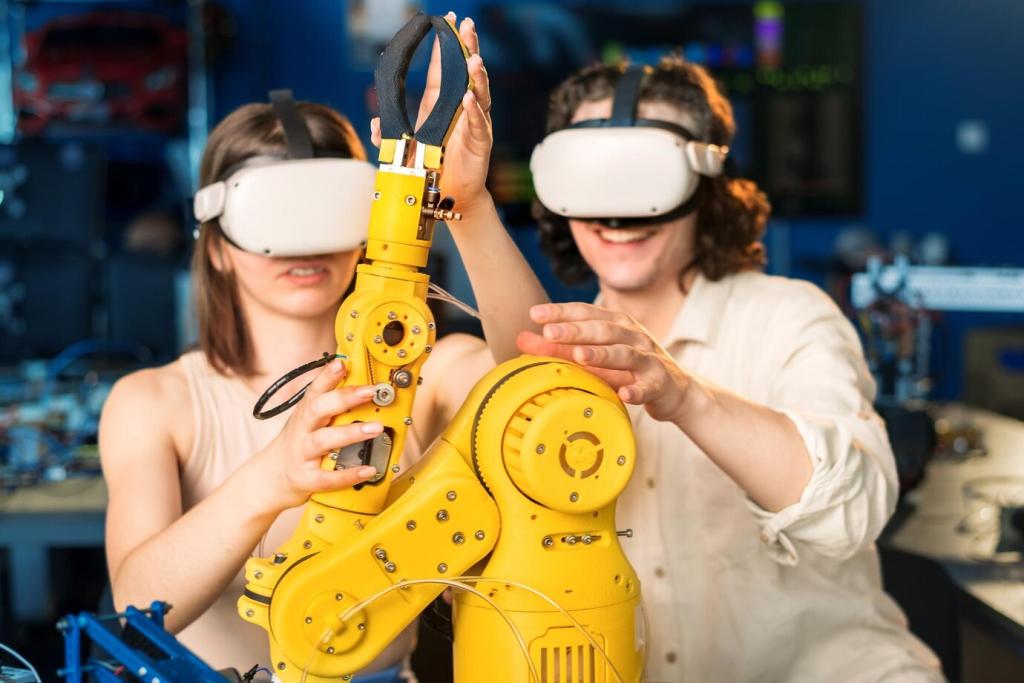Classroom Setup, Safety, and Flow
Use color-coded bins for robots, cables, mats, and task cards. A cart with numbered chargers prevents confusion and downtime. Students can become tech stewards who check battery levels and return kits, reinforcing responsibility while protecting your investment from wear and tear.
Classroom Setup, Safety, and Flow
Create laminated startup and shutdown steps: clear floors, gentle handling, sensor checks, and tidy cables. Model two-handed carrying and a calm testing zone. These habits minimize mishaps and teach care for shared resources, mirroring real engineering lab culture in a child-friendly way.







